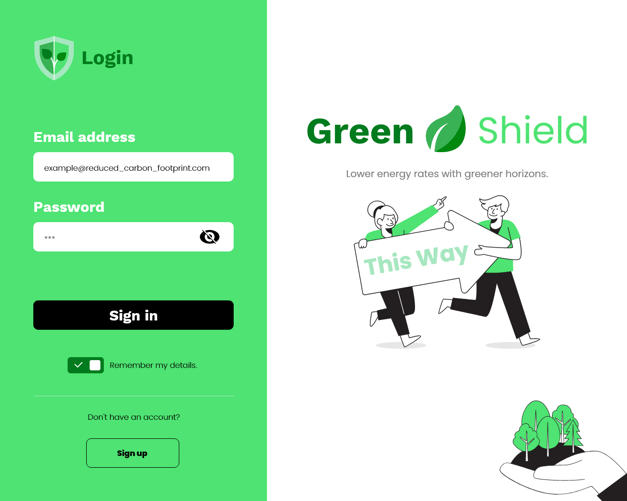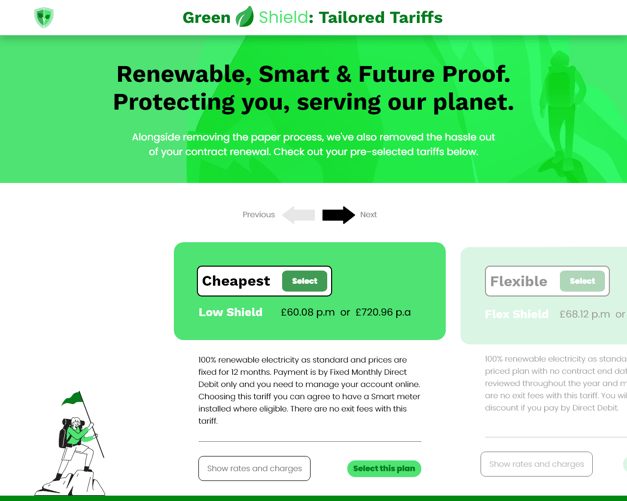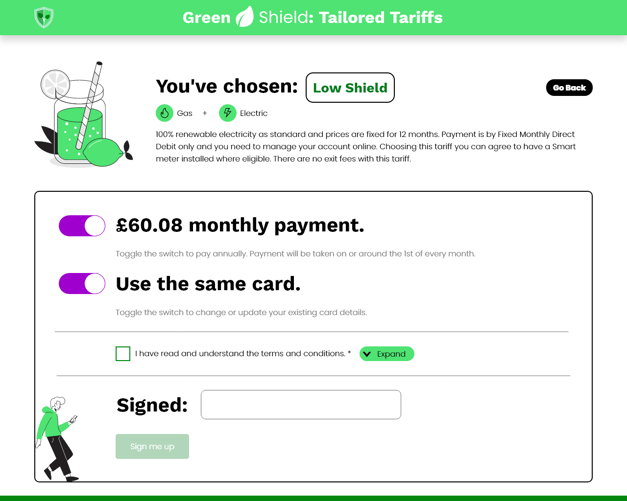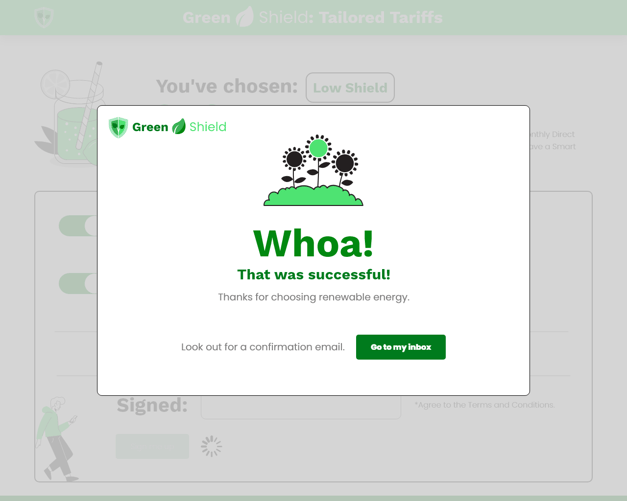This article on digitising paper forms is part of The CX Optimisation Guide: How to Transform your Customer Retention.
If you’ve clicked on this article then it’s likely you are having customer retention issues and you suspect the reason might be a poor customer communications process – namely sending and receiving paper forms.
We are going to show you how to improve your customer retention in a matter of weeks by:
When you rely on a paper-based process, it’s not just the paper form to be aware of, it’s the knock on effect to following communications. The paper form is just the start. Consider the following customer journey.
This takes around 3-4 weeks to complete. If the form hasn’t been filled out correctly by the customer, a new form must be sent out and the whole process starts again. That’s another few weeks your customer must wait to get what they need and, in the meantime, they may have called your contact centre for an update, further adding to your cost-to-serve.
There is friction on both sides of the process; for your business and for your customer.
They need to set aside time and put in effort to gather the required information and documentation, fill out a form and post it to their service provider.
Every interaction is a moment of truth for your brand. When it comes time for renewal, customers will remember how it felt to interact with you.
On the other side of the coin, your staff need to spend time and energy posting, sorting through incoming mail and entering data into the system – often inaccurately, causing further data issues down the line, and requiring follow-ups with customers. Worried or confused customers may start to call your contact centre, draining resources from where they need to be.
How many people manage a process like this who could be spending that time more wisely?
The form is not the only moment of friction here, but it is the cause for all the others. Look at what your business has to do just because of that one paper form.
The true cost of a paper form is not just about customer retention. Think of all the other costs involved in the process.
| Item | Unit Cost |
| Paper form postage | 50p |
| Business response envelope | 70p |
| Labour cost | 40p |
| Total | £1.60 |
Try our calculator to estimate your potential savings if you digitised your paper forms.
Factor in errors and follow ups, as well as calls into your contact centre – which cost businesses on average £10 per call – and this process starts to look more burdensome than you might have thought.
At Adare SEC, we have designed our own way of solving problems associated with paper processes. This is our step-by-step guide on how to replace your paper forms, and the paper-based processes that surround them, with a digital solution.
Our offer is about quick and cost-effective change to boost your customer experience. Rather than calling in an expensive consultancy to run a digital transformation, we run small, tactical sprints on specific touchpoints. Point solutions that make a big impact.
If you would like to hear more, then please leave your details in the form below and we will get in touch for a chat.
This is the part where you step back and map the customer journeys you want to improve. Once you’ve found the moments of friction, you can start working on a digital solution.
Mapping the customer journey is a great way to surface inefficient business processes – such as the use of paper forms – that are slowing down your customer interactions and sabotaging your customer experience.
You’re looking specifically for paper-based communications that are regular and expensive to process. For example, when a customer is unsuccessful applying for a loan or credit card and is placed into an affordability process that involves looking at income and expenditure. Analysis of the map can look something like this.
If you track where the customer is required to use effort, you can see in the “feeling map” where they are receiving a poor customer experience. This is where you can make a difference.
This can work with other kinds of customer journey. For example:
To learn exactly how we map customer journeys, you can download our customer journey mapping guide.
Once you’ve diagnosed the issue, you can start on the solution.
The next step is to design the UX and the UI. This is key, as it’s not enough to simply replace a paper process like-for-like. The digital solution must be easy to use, and intuitive for the customer.
While look and feel is important for your branding, its functionality is critical to deliver a simplified experience that avoids the need for customers to resort to the contact centre.
Think about how you are going to orchestrate a journey for the customer utilising all the channels available. What is the best one to use at each moment? WhatsApp, email, SMS or app notification? Removing paper forms is an opportunity to offer your customers multi-channel two-way communication.
Now we think about data capture and data management. What kind of data do you need from the customer and how are you going to process it?
Once you’ve answered those questions, it’s time to visualise the solution.
If you are engaging a third party to run this project, collaboration is key. At Adare SEC we co-construct wireframes and screens with our clients in a rapid process that can deliver a minimum viable product in 2-3 weeks. They look something like this.




Once the UX/UI for your solution is approved, it’s time to build it.
Not everyone has in-house development expertise. At Adare SEC we use a low-code modular platform with pre-built templates, so we can stand up solutions quickly.
The benefit of making tactical improvements over strategic overhauls, such as replacing paper forms, means that the C-suite does not need to be involved. The speed of approvals is up to department-level management, which means fast turnarounds.
Using an open API, you can integrate your new solution with your CRM or other line of business system quickly and simply.
With a point solution like this, IT involvement should be minimal. When we are integrating our solutions, the need to transform or develop new data structures is eliminated as we can work with wide range of raw data or document formats that we can ‘scrape’ to capture the information we need.
Then it’s simply a case of switching it on.
Customer experience transformation needn’t be time or energy intensive. As our guide has tried to show, simple and targeted changes like replacing paper-based processes can make a huge difference to the customer experience.
Our clients often believe that they need to conduct a large and expensive digital transformation project in order to get the kind of outcomes we’ve laid out in this guide. Impactful change can happen in a matter of weeks, not months and years.
Learn more about our customer experience services here.